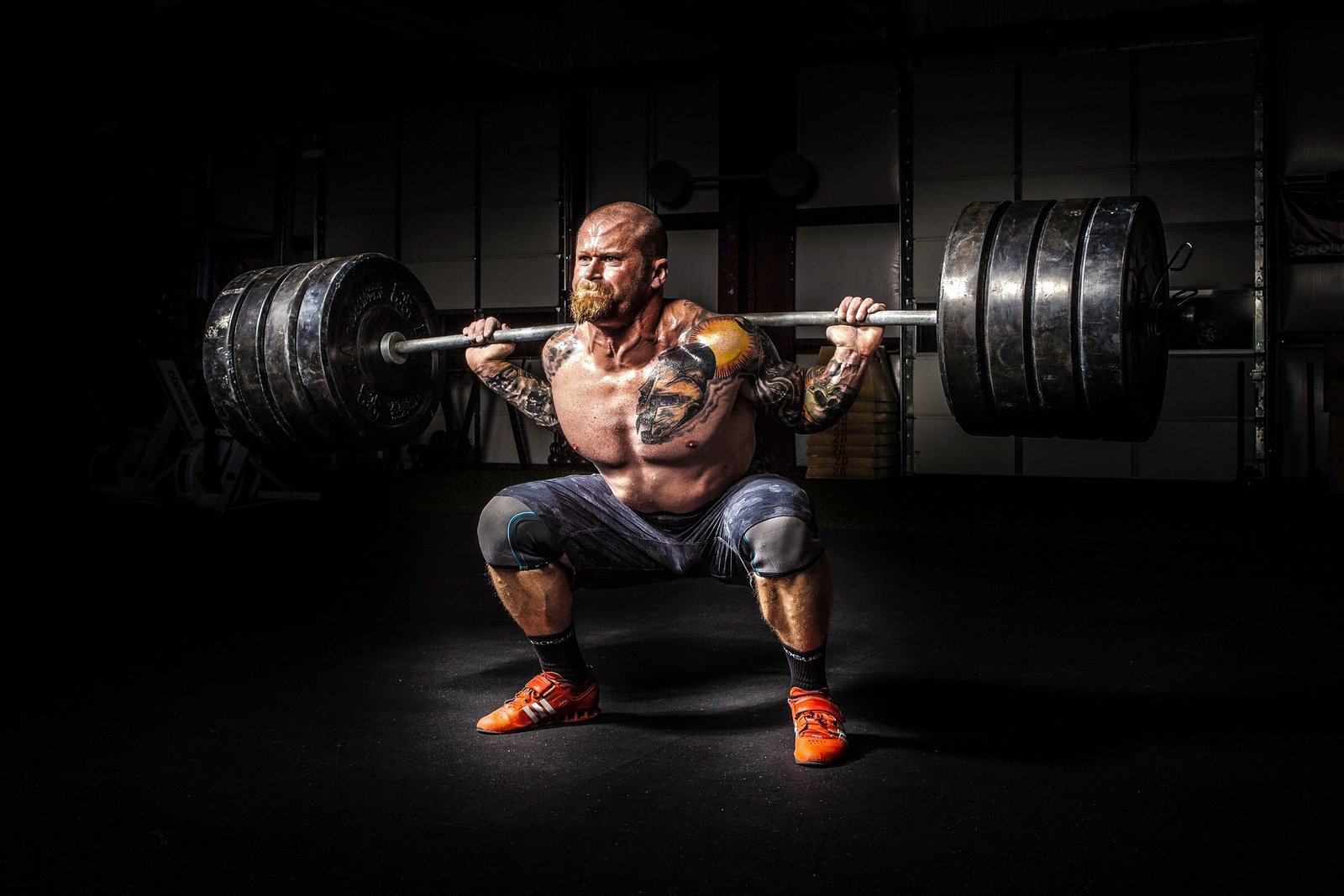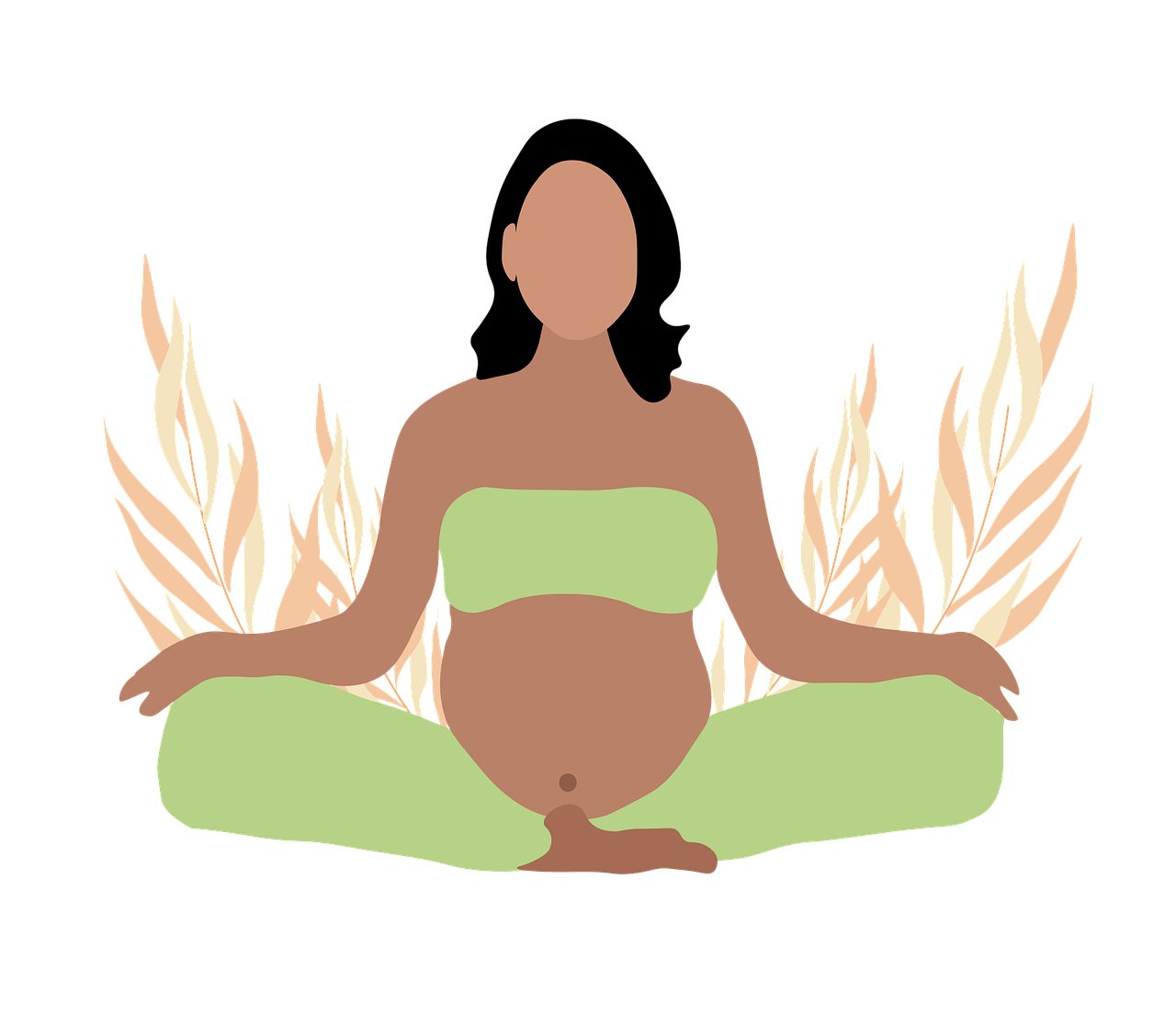High-intensity interval training (HIIT) has become increasingly popular among fitness enthusiasts due to its many benefits. It is a form of exercise that involves short bursts of intense activity followed by periods of rest or low-intensity exercise. HIIT can be performed with a variety of exercises, including running, cycling, swimming, and weight lifting. In this article, we will explore the benefits of HIIT and how it can help you achieve maximum fitness.
Table of Contents
- What is HIIT?
- The Science behind HIIT
- Benefits of HIIT
- Burns Fat
- Increases Endurance
- Builds Muscle
- Improves Cardiovascular Health
- Time-Efficient
- HIIT vs. Steady-State Cardio
- How to Incorporate HIIT into Your Fitness Routine
- Choosing the Right Exercises
- Determining the Right Intensity
- Finding the Right Ratio
- Safety Considerations
- FAQs
- How often should I do HIIT?
- Can HIIT be done at home?
- Do I need equipment to do HIIT?
- What are some good HIIT exercises for beginners?
- Is HIIT suitable for everyone?
- Conclusion
1. What is HIIT?
HIIT involves short bursts of high-intensity exercise followed by periods of rest or low-intensity exercise. The duration of each interval can vary, but typically ranges from 20 seconds to 2 minutes. The rest periods are usually about half the length of the work periods.
2. The Science behind HIIT
HIIT is effective because it increases your heart rate and oxygen consumption, which in turn leads to an increase in calorie burn. HIIT also increases your body’s production of human growth hormone (HGH), which helps to build muscle and burn fat.
3. Benefits of HIIT
3.1 Burns Fat
HIIT is a great way to burn fat and lose weight. The high-intensity exercise increases your metabolic rate, which means you continue to burn calories even after your workout is over.
3.2 Increases Endurance
HIIT can improve your endurance by increasing your body’s ability to use oxygen. This is known as your VO2 max, and it is a measure of your cardiorespiratory fitness.
3.3 Builds Muscle
HIIT can help you build muscle because it increases your body’s production of human growth hormone (HGH), which is essential for muscle growth.
3.4 Improves Cardiovascular Health
HIIT can improve your cardiovascular health by increasing your heart rate and blood flow. This can reduce your risk of heart disease, stroke, and other cardiovascular problems.
3.5 Time-Efficient
One of the biggest advantages of HIIT is that it is time-efficient. You can get a great workout in just 20-30 minutes, making it perfect for those with busy schedules.
4. HIIT vs. Steady-State Cardio
HIIT is often compared to steady-state cardio, which involves exercising at a moderate intensity for an extended period of time. While both types of exercise are beneficial, HIIT has been shown to be more effective at burning fat and improving cardiovascular fitness.
5. How to Incorporate HIIT into Your Fitness Routine
5.1 Choosing the Right Exercises
You can perform HIIT with a variety of exercises, including running, cycling, swimming, and weight lifting. Choose exercises
- How to Incorporate HIIT into Your Fitness Routine that you enjoy and that challenge you.
5.2 Determining the Right Intensity
To determine the right intensity for your HIIT workout, you can use a heart rate monitor or the talk test. During the work periods, you should aim to reach 80-90% of your maximum heart rate. If you are unable to carry on a conversation during the work periods, then the intensity is high enough.
5.3 Finding the Right Ratio
The ratio of work to rest periods is important in determining the effectiveness of your HIIT workout. A common ratio is 2:1, meaning that the work periods are twice as long as the rest periods. However, you can adjust the ratio to suit your fitness level and goals.
6. Safety Considerations
As with any form of exercise, it is important to take safety precautions when performing HIIT. Make sure to warm up properly before starting your workout, and cool down afterwards. Stay hydrated, and listen to your body. If you experience any pain or discomfort, stop immediately and seek medical advice if necessary.
7. FAQs
7.1 How often should I do HIIT?
It is recommended that you do HIIT workouts 2-3 times per week, with at least one day of rest between workouts.
7.2 Can HIIT be done at home?
Yes, HIIT can be done at home with little or no equipment. There are many online resources and videos available that can guide you through a HIIT workout.
7.3 Do I need equipment to do HIIT?
No, equipment is not necessary for HIIT. Bodyweight exercises such as burpees, jumping jacks, and mountain climbers can be used for a challenging HIIT workout.
7.4 What are some good HIIT exercises for beginners?
For beginners, it is recommended to start with low-impact exercises such as jumping jacks, mountain climbers, and bodyweight squats. As fitness improves, more challenging exercises can be added.
7.5 Is HIIT suitable for everyone?
HIIT can be beneficial for most people, but it is important to consult with a doctor before starting any new exercise program, especially if you have any underlying health conditions.
8. Conclusion
In conclusion, HIIT is an effective and time-efficient way to improve your fitness and health. By incorporating HIIT into your fitness routine, you can burn fat, increase endurance, build muscle, improve cardiovascular health, and more. Remember to take safety precautions, choose the right exercises and intensity, and listen to your body. With dedication and consistency, you can achieve maximum fitness with the power of HIIT.






